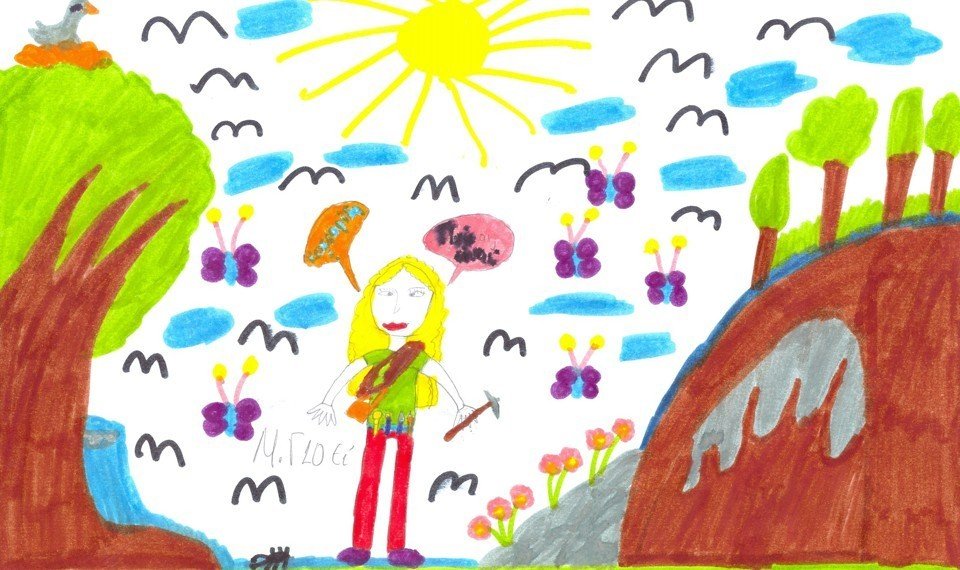First, the good news: Kids are more likely to draw women nowadays than they did in the past. Then, the less good news: When they get older, kids remain more inclined to draw men. In 1966, David Chambers, a social scientist, asked close to 5,000 elementary-school students to draw a scientist. This research, known as the "Draw-a-Scientist Test," that was undertaken to understand how children perceive scientists, has been reproduced many times during the last decades.
When David Miller, a graduate student in psychology at Northwestern University, looked at Chambers' numbers, a figure caught his attention: among 5,000 drawings included in the original study, only 29 showed a female scientist and all were drawn by girls. Indeed, not a single boy has drawn a woman scientist! Since then, Miller and colleagues have analyzed 50 years of data covering as many as 78 studies, in which more than 20,000 children were asked to draw scientists.
Fortunately, during this period, kids have become more likely to sketch female scientists. Since the 1980s, on average, 28% of kids drew women scientists compared to only 0.6% in Chambers' original survey. Nevertheless, today's children are still drawing at least twice as many male scientists as female ones.
The percentage of women who opt for chemistry and biology, for example, has risen over time, but they still get fewer than 20% of degrees in physics, engineering, and computer science. According to Jocelyn Steinke, who studies media representation of science at Western Michigan University, “Gender stereotypes of scientists not only shape adolescent girls’ and boys’ perceptions of who is a scientist, but also influence their perceptions of who can be a scientist."

Picture: Female Scientist (Basilia Chirstidou - The Atlantic)

